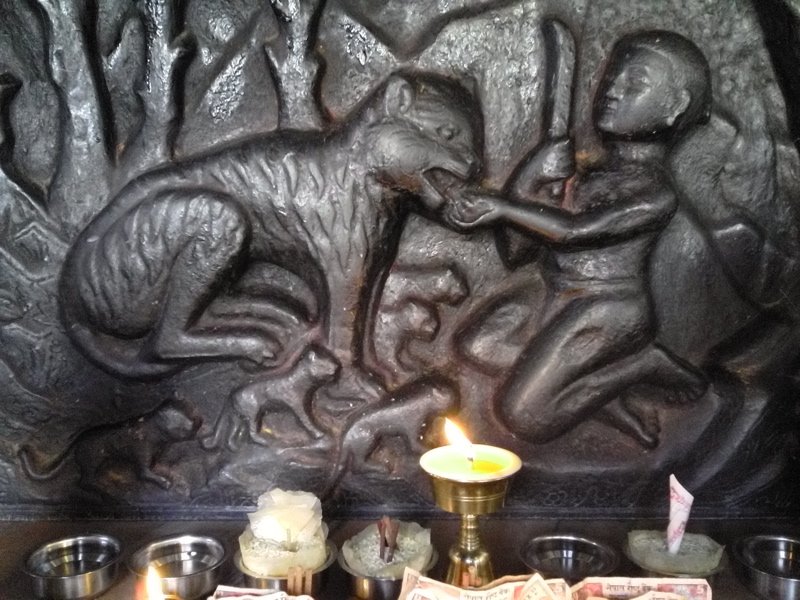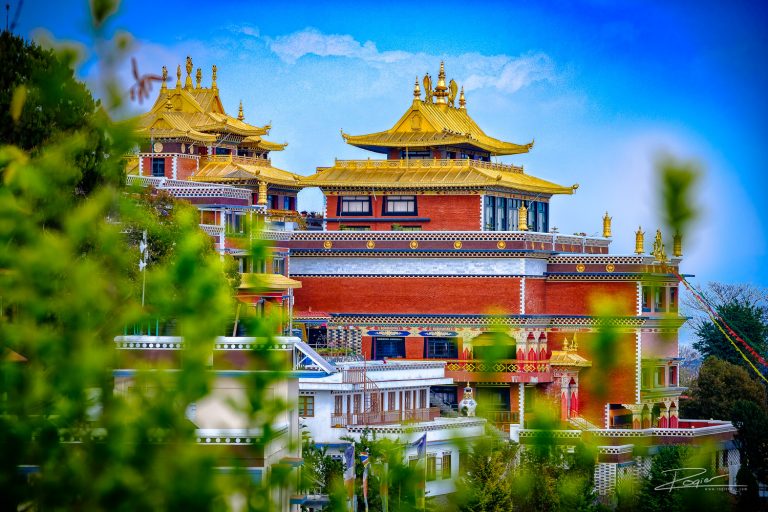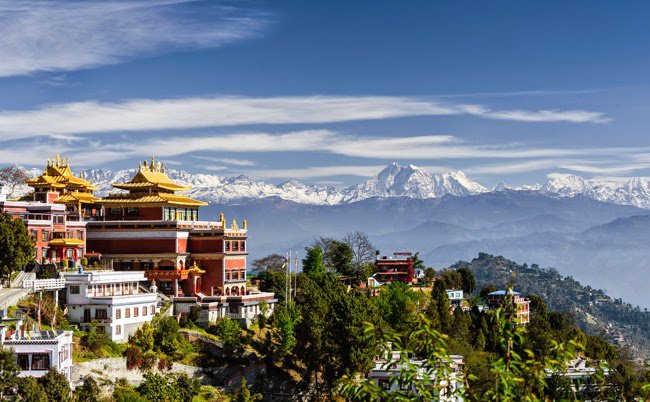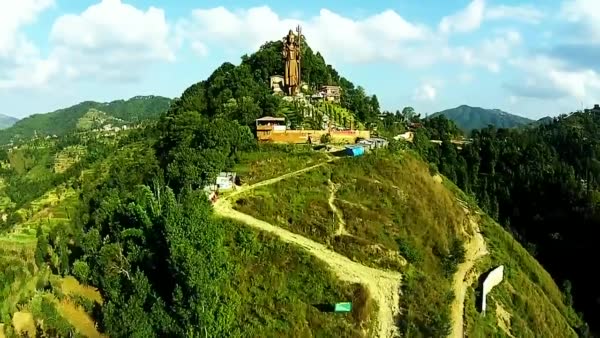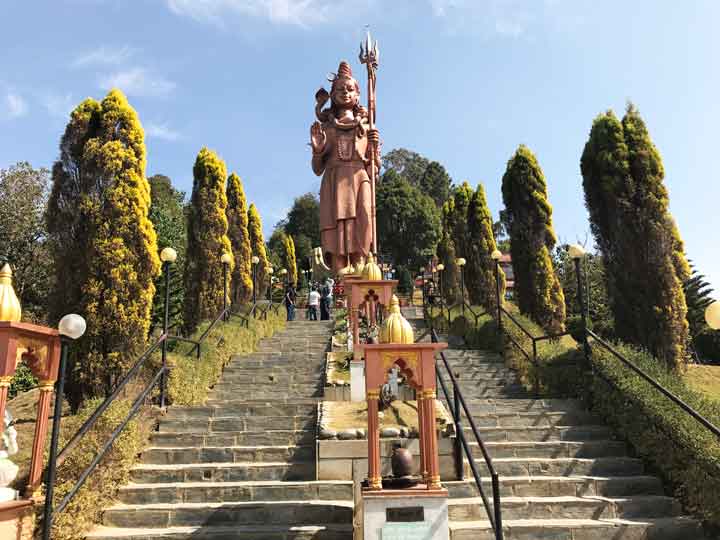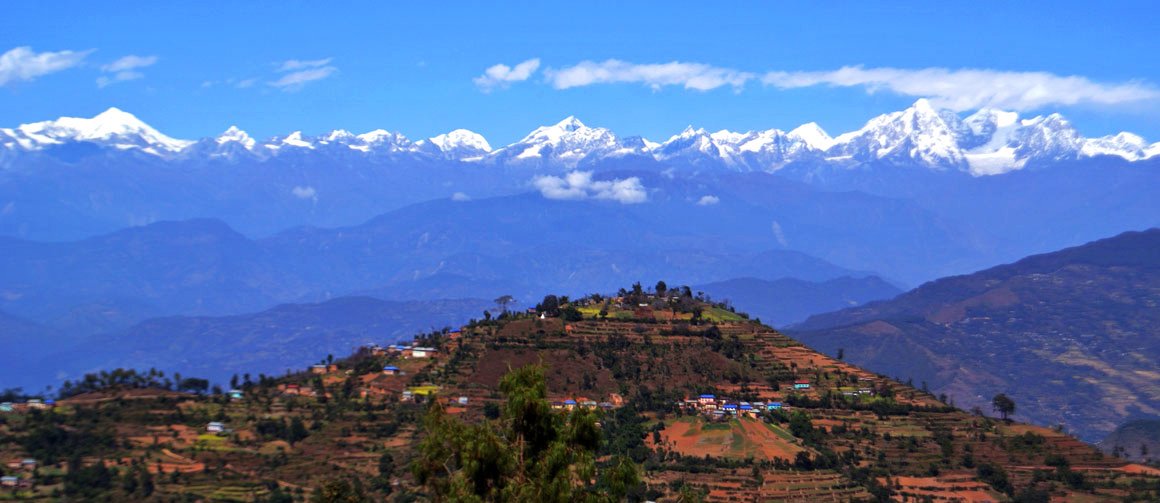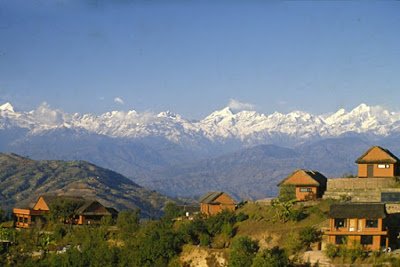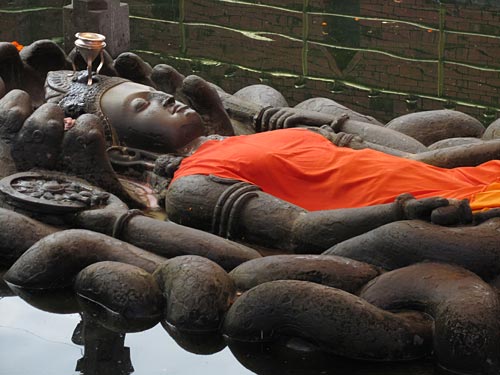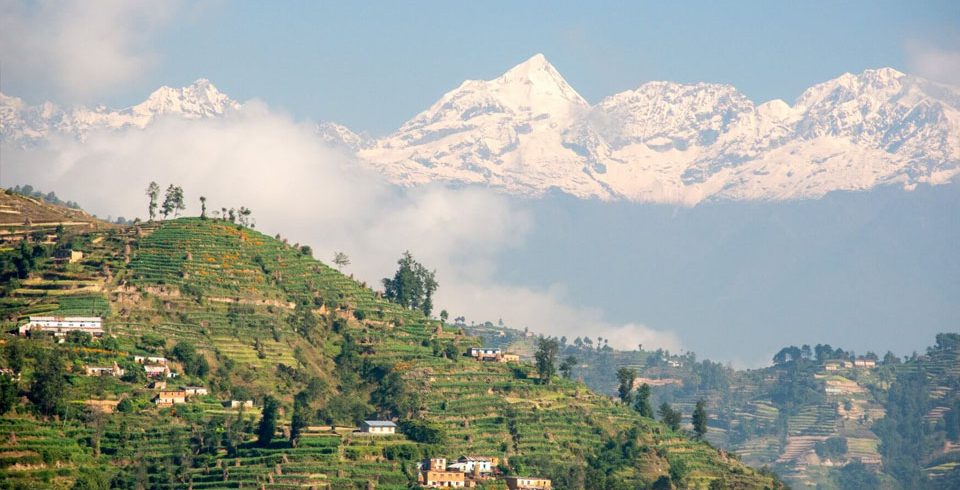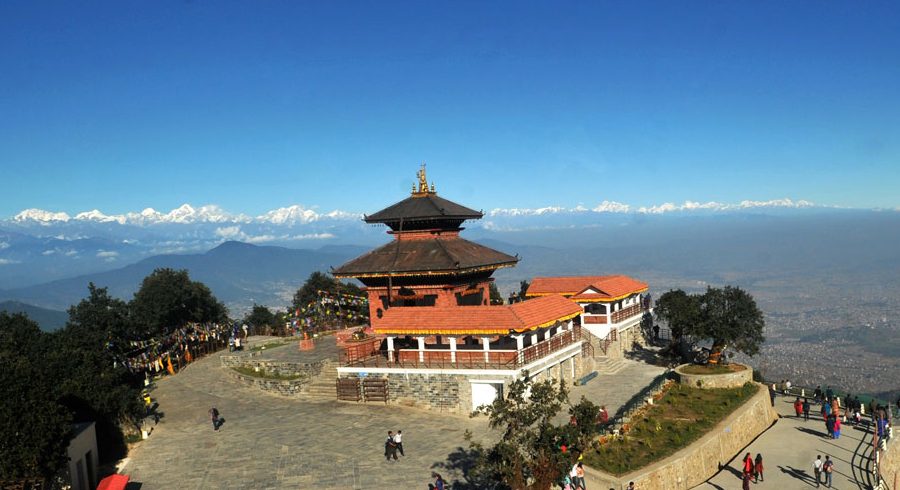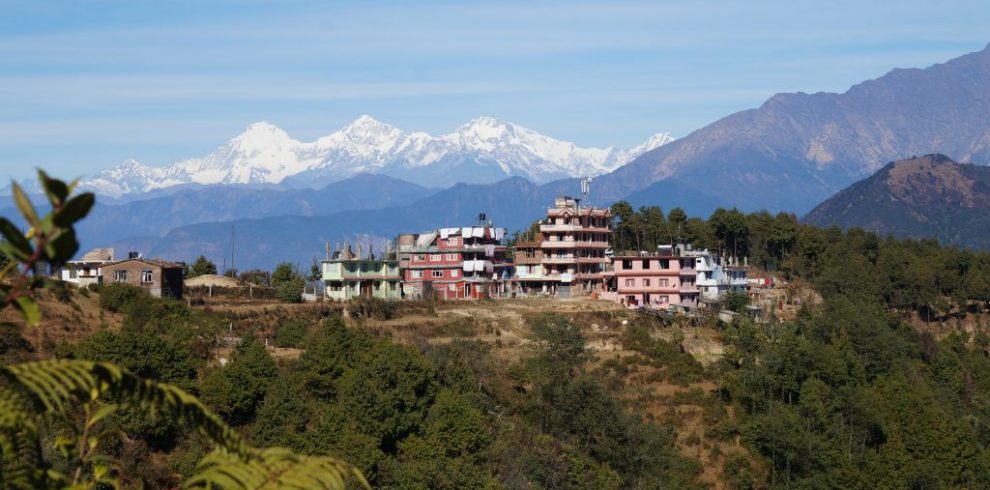Kathmandu to Namo Buddha
<strong>1. Namo Buddha :</strong>
<strong>Namo Buddha</strong> or <strong>Takmo Lüjin</strong> is an important Buddhist <a href="https://www.rigpawiki.org/index.php?title=Pilgrimage">pilgrimage</a> site of Nepal, and one of the <a href="https://www.rigpawiki.org/index.php?title=Three_stupas">three main stupas of the Kathmandu valley</a>. Situated about 40 km to the south east of Kathmandu city, the <u><a href="https://www.rigpawiki.org/index.php?title=Stupa">stupa</a></u> built on the bones and hair of prince Mahasattva stands on the slopes of the Gandha Malla hill
According to the <u><a href="https://www.rigpawiki.org/index.php?title=Jataka">Jatakas</a></u> and several <u><a href="https://www.rigpawiki.org/index.php?title=Sutra">sutras</a>,</u> Mahasattva was one of <a href="https://www.rigpawiki.org/index.php?title=Buddha_Shakyamuni">Buddha Shakyamuni</a>’s former incarnations. He was the youngest of the three sons of king Maharatha. One day as the three brothers were walking through the forest, they saw a tigress with the five cubs she had given birth to. She was so hungry she could hardly move. The three princes went away, but Mahasattva decided to go back and started to cut his flesh to give it to the tigress to eat. When his brothers went to look for him they found only his bones and hair. The stupa was built on top of these remains.
<strong>2. Panauti Villages :
</strong>
Situated about six km south-east from <em>Banepa</em>, the beautiful village of <em>Panauti</em> is located between <em>Punyemati</em> and <em>Roshi</em> <em>Khola</em>. It is said that the then king <em>Ananda</em> <em>Deva</em> installed four <em>dikapalas</em> (guardian deities) in four directions and founded <em>Panauti</em> by uniting the then scattered small villages with seven hundred people in <em>Kaligat</em> in the year 4197 (1006 AD). The local people believe that the <em>Basuki</em> <em>Naga</em> (serpent deity) has occupied the area of <em>Panauti</em> to protect them from evils and keep them safe. Hence, people are not allowed to use <em>dhiki</em> as the sound might disturb the sleep of the deity. It is also believed that the village itself rests upon one which is why not a single house was broke or dismantled during the great earthquake in 1990 BS (1925 AD). It is also one of the very important trade centers lying next to <em>Banepa</em> as it lies in a small valley surrounded by the villages. However, most of the people here are involved into farming.
<em>Panauti</em> is also famous for the art gallery of beautiful and fine idols, woodcarving in the temple struts, doors and windows of the temples and monasteries. It is also considered as a holy place and in every twelve years, a great fair known as <em>Makar</em> <em>Mela, </em>commonly known as <em>Panauti Mela,</em> is conducted here for a whole month of <em>Magh</em> at <em>Triveni</em> <em>Ghat</em> where several artistic stone idols are places in temples as well as open areas for exhibition and worship. Moreover, a chariot festival of <em>Nama</em>–<em>Buddha</em> is held here every year and according to the legend <em>Mahasatva </em>who later became <em>Nama Buddha </em>was the prince of <em>Panauti</em>.
Another major attraction is the temple of Indresvar Mahadev. It is also mentioned that <em>Sri</em> <em>Viramadevi, </em>princes of <em>Bhota</em> (<em>Banepa)</em> dynasty built <em>Aindrakuta</em> (<em>Indresvar</em> temple) in Nepal <em>Sambat</em> 414. It is said that on the occasion of <em>Janai</em> <em>Purnima, </em>various gods and goddesses come to Panauti in human disguise to observe the glorious chariot festival of <em>Bhadrakali,</em> <em>Bhairab</em> and <em>Indresvar</em> <em>Mahadev</em>.
Although <em>Panauti</em> is a small village development committee on the outskirts of the Kathmandu valley, it is also important in terms of natural as well as rich cultural and religious heritage of Nepal.
<strong>Kailashnath Mahadev Statue :
</strong>
Designed to resemble images of the Hindu god, <a href="https://en.wikipedia.org/wiki/Lord_Shiva">Lord Shiva</a>, and seen as a marvel of Nepalese engineering, the statue’s construction began in 2003 and was completed in 2010 It was constructed mainly by Kamal Jain and "Hilltake", a company Jain established in Nepal in 1992 which deals with products such as water tanks. Nepalese engineers were involved in the construction along with one experienced Indian engineer specializing in the design and construction of large structures.
The statue’s foundation is about 100 feet deep, which was necessary to anchor the structure into the ridge. Due to the threat of potential landslides, structures were also built for ground stabilization.


